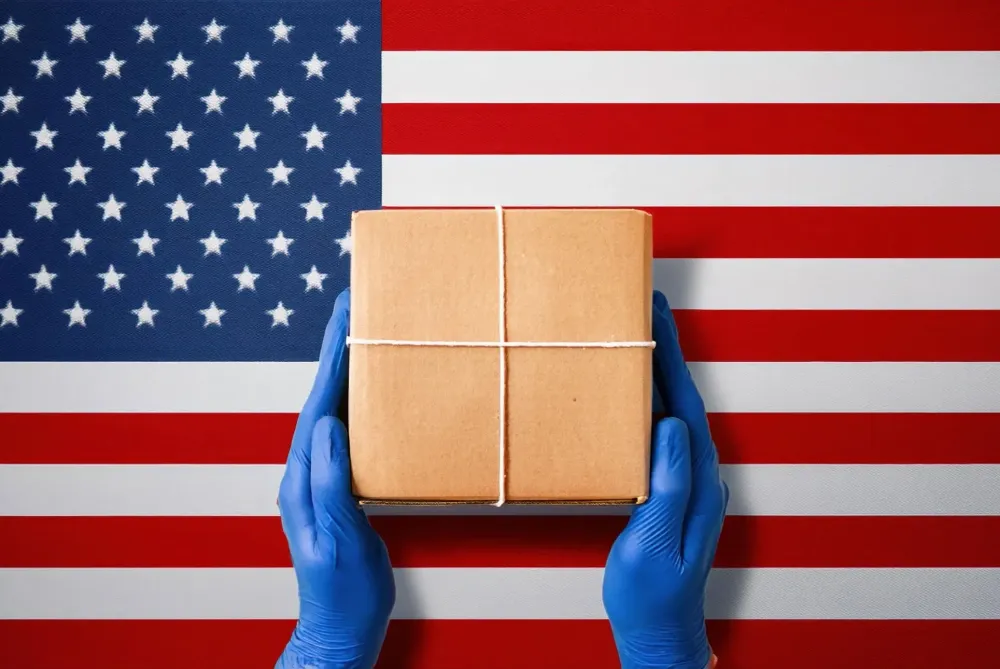A painful stat... with huge potential
In Europe, e-commerce return rates vary considerably across countries and product categories. For example, Switzerland recorded a return rate of 62% in 2023, followed closely by Germany at 55% and the United Kingdom at 54% (ecommerce-nation.com). According to other studies, the average return rate for fashion items in Europe hovers around 20%, with some categories like dresses exceeding 50% (prime-ai.com, radial.com, Statista).
These high return rates are often attributed to issues such as size discrepancies, color mismatches, and vague product descriptions, leading to increased logistical challenges and profit losses for retailers.
What’s behind those numbers? Poor sizing info, misleading photos, vague product descriptions, or unclear materials all of which lead to a flood of returns, extra workload, and profit loss.
👉 But here's the twist: Smart returns management increases conversions. Because when customers feel reassured, they’re more likely to hit buy now. And a smooth return experience can be the difference between an abandoned cart… and a sale.
Why offering simple (and free) returns is a strategic move
When a customer is just about to buy, a question often pops up:
"But what if it doesn't fit?"
👉 If there’s no clear answer, they bounce !
Offering fast, free, and transparent returns removes one of the biggest conversion blockers. And no, it doesn’t necessarily lead to more returns.
In fact, it builds trust. And trust fuels conversion and loyalty. A customer who had a hassle-free return? They come back.
How do e-commerce returns work, practically?
✅ On the customer side: ultra-simplicity
Whether it’s a prepaid label, a QR code, or a drop-off point, it should be effortless. The less the customer has to think, the better.
✅ No customs fees
Good news: in most cases, returns don't generate customs charges ,especially, if the original customs declaration was properly handled.
✅ Cost based on actual weight
Return shipping is charged based on the real parcel weight. If the original label had an error, most carriers automatically correct it.
Prevention is better than return: anticipate to reduce friction
The best return? The one that never happens. And that starts with better product info.
Be crystal clear about:
- Sizes (detailed charts, model photos if possible)
- Colours (unfiltered images, and a note about potential screen differences)
- Materials (avoid vague terms, be precise and honest)
- Fit, cut, rise height, fabric drape, etc.
👉 The more accurate your product page, the fewer surprises post-delivery. That means fewer disappointment-driven returns and better customer satisfaction.
Now what? Automate, structure, simplify
Returns shouldn’t be handled ad hoc. Once you hit volume, your return process should be:
- Centralised
- Trackable
- As automated as possible
Want help making that happen? At ParcelRush, we help e-commerce businesses turn returns into a real growth lever:
- Centralised return tracking, no matter the carrier
- Return flow automation
- Automatic weight corrections
- Direct integration with your existing tools
You've got better things to do than manage returns manually. 💬 Let’s talk. Turn your returns into a conversion engine ⚡



